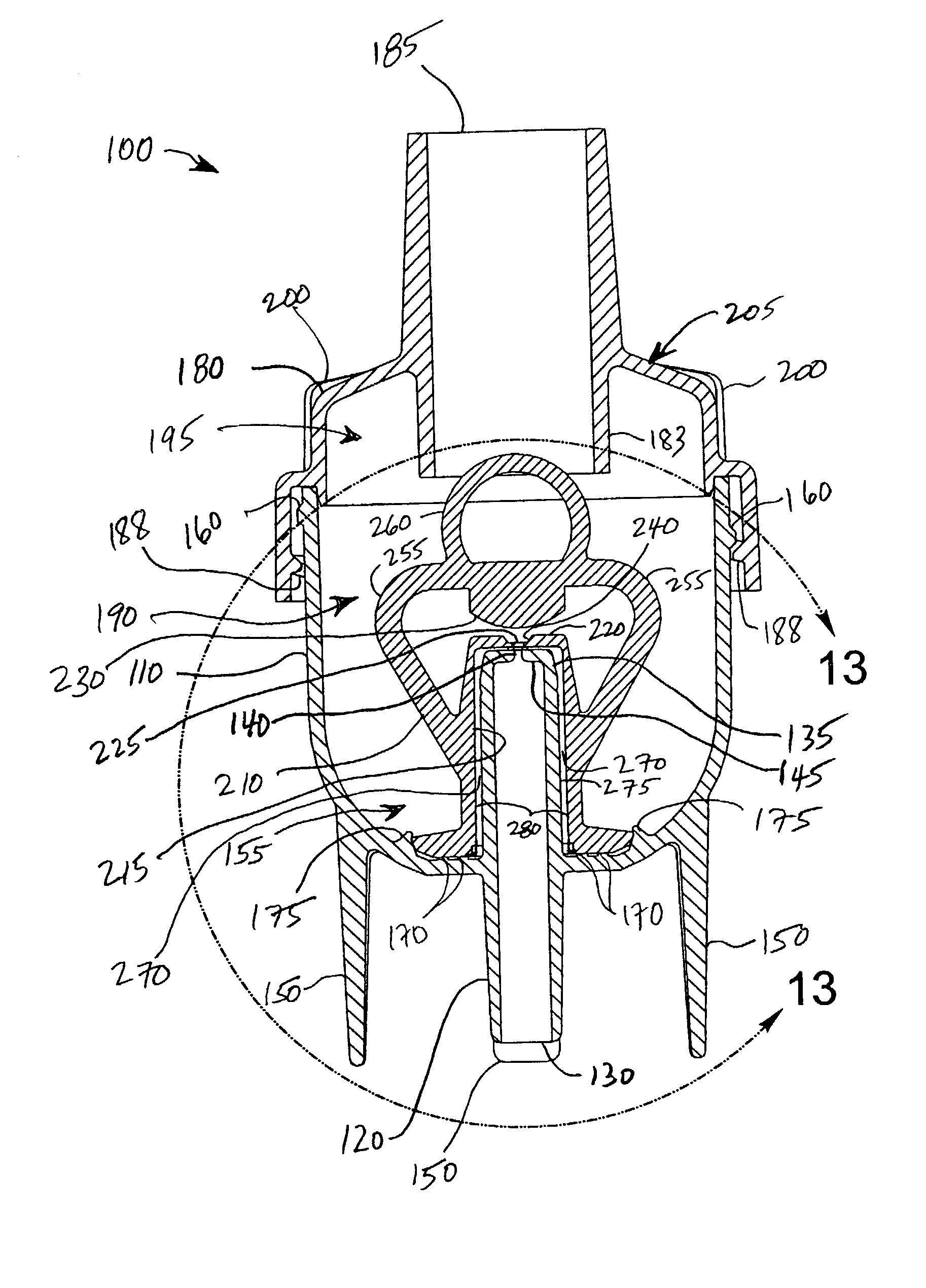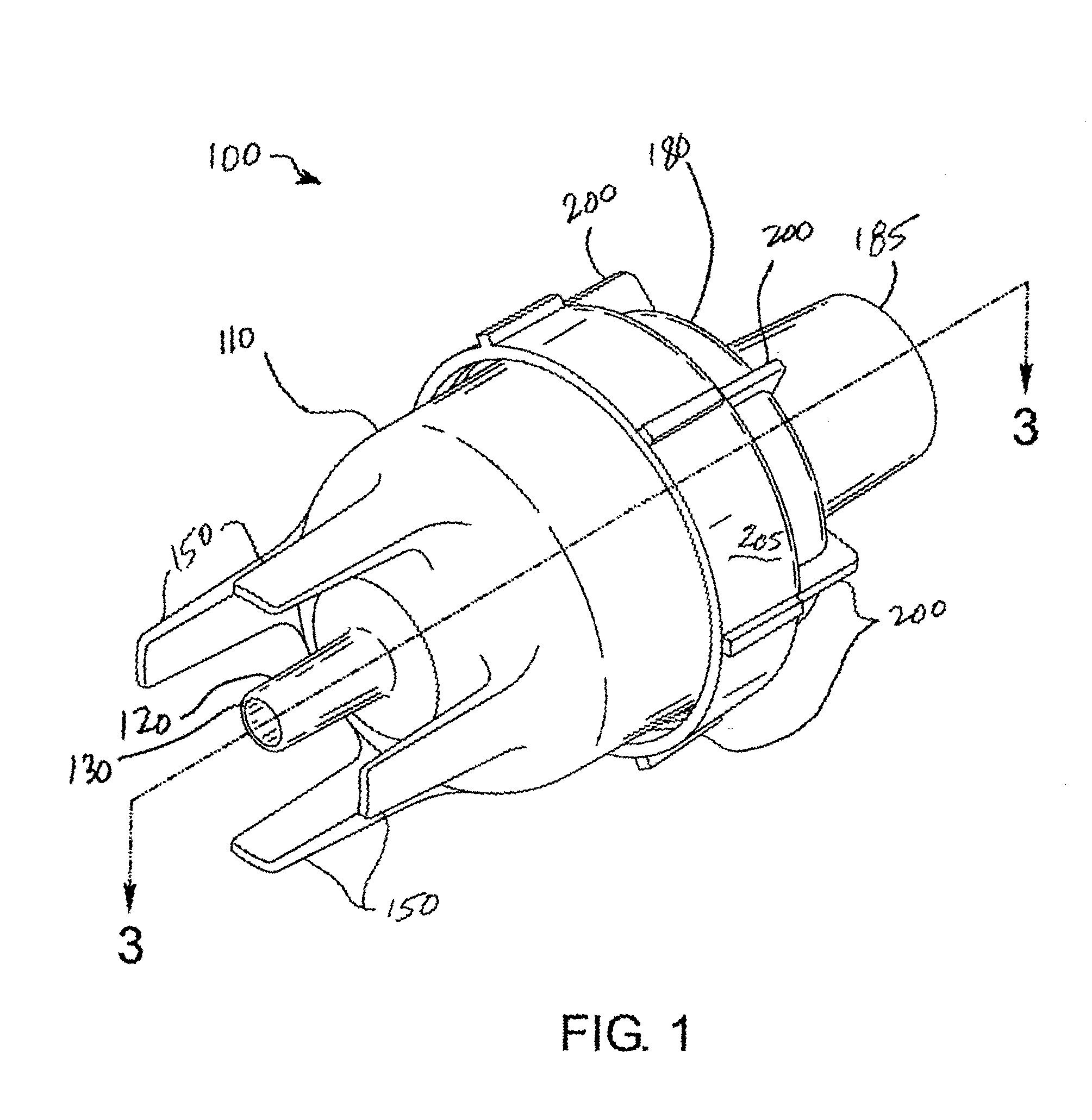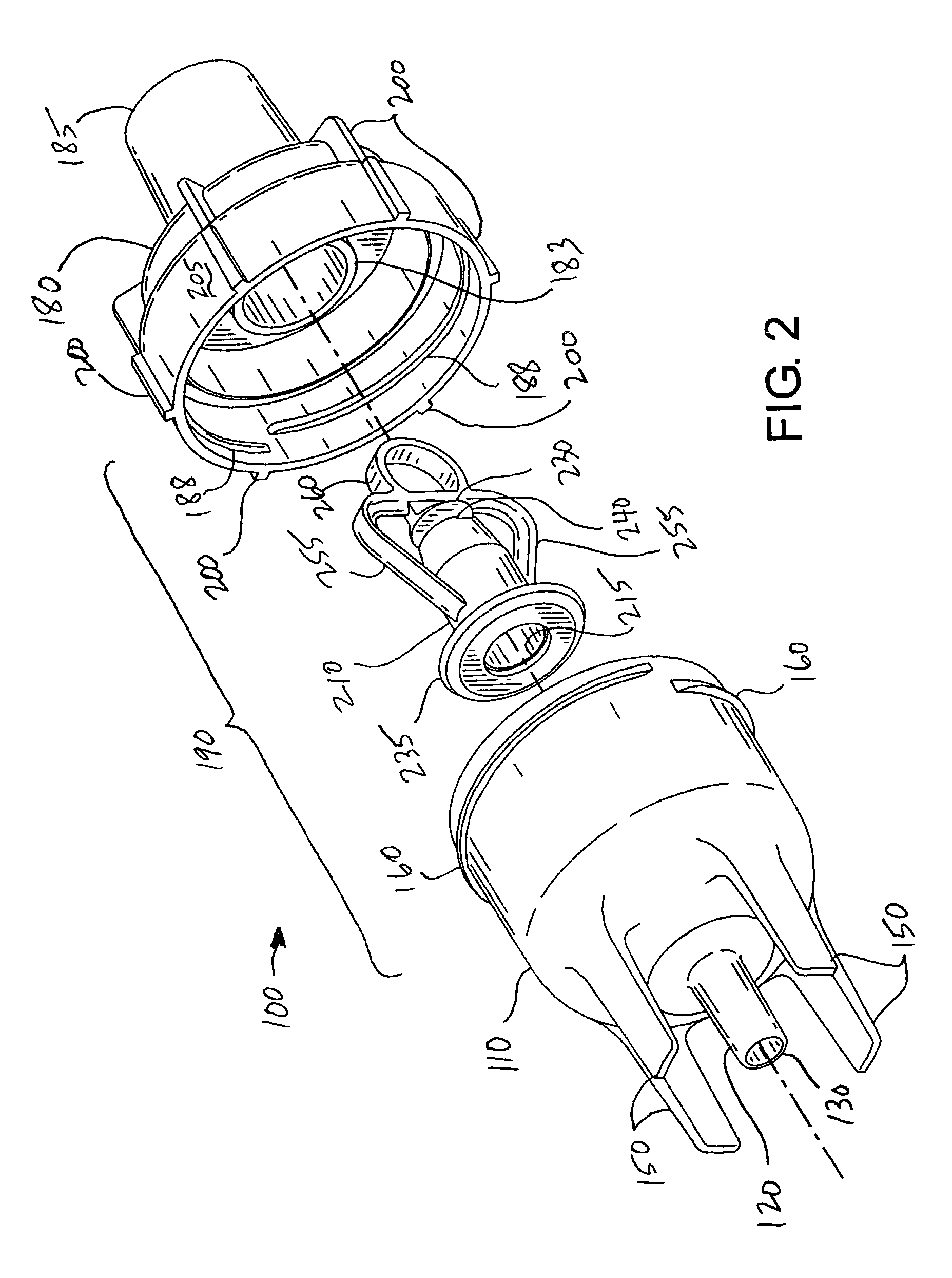While selecting an appropriate course of treatment can be a challenging task, it is often only half of the battle.
The conditions in the
stomach can degrade, alter, or otherwise compromise many medicines, resulting in a potentially serious loss of
efficacy.
Additionally, the potential discomfort to the patient and possible harm to the
gastrointestinal tract resulting from use of medicaments known to have adverse effects thereupon can otherwise become a source of discomfort to the patient for myriad other reasons, can be sometimes avoided by
inhalation treatment methods.
These admonitions and sometime requirements may force a patient to adjust their diet or other routines in order to accommodate their medication schedule, and this type of adjustment is often difficult if not impossible for the patient with
child care and employment duties and other demands.
Far more dangerous is the possibility that the patient will inappropriately take their
medicine with or without such specific foods or beverages, or with the wrong type of food, or at the wrong time.
Any of these scenarios might result in possible discomfort at best, and at worst potentially serious side effects, synergistic reactions, or a loss of
drug efficacy.
Relatively few drugs are gaseous, and the process of sublimating or otherwise phase transitioning a liquid or
solid drug to a gas can be costly, inefficient, can compromise or ruin the drug, or can be otherwise difficult or impossible.
Most notably among the problems in the prior art, it has been found that such devices usually produce unpredictable and widely varying results in terms of the efficiency of the dispensed
aerosol substance.
One of the specific issues that persists in the prior art devices and that has received considerable attention in the prior art includes the difficulty in achieving desired particle or droplet sizes by fabricating such devices to have precise configurations and arrangements of elements between certain components so as to establish predictable atomization and nebulization of the substances to be dispensed in
aerosol or atomized form.
Another prevalent problem includes the inability of many of the prior art devices to utilize all of the substance to be dispensed that is received in the dispensing device.
One additional especially notable problem in the art is that most of such devices must be used in a specific horizontal or
vertical orientation, which depends upon the particular construction of the device.
If not so used, the device will not operate as advertised to disperse,
aerosolize, and dispense the treatment substance as expected, if at all.
One such prior art attempt is described in the U.S. Pat. No. 6,338,443 to
Piper, which is limited to a high efficiency medical nebulizer that incorporates, among other elements, a housing that receives an intermediate section formed with various flow regulating orifices adapted to establish a jet spray, a lower liquid supply
jar, an upper
inhaler cap, an aerosol
amplifier surface, and spray posts adapted to capture and prevent the release of droplets that are larger than desirable for the aerosol
effluent.
One of the various problems with the proposed '443 device that may be apparent to those knowledgeable in the relevant arts includes the unpredictability of the content of the substance to be dispensed in the
effluent aerosol that is the result of the unpredictable distance that will be established between the
amplifier surface and the orifices that create the spray.
Although many sources of unpredictability exist with the '443
Piper device, one of the more obvious sources of mostly uncontrollable variance exists in the fact that the manufacturing tolerances inherent in fabricating the
inhaler cap and the integral
amplifier surface, as well as the intermediate section, and the
jar will result in an assembled device that multiplies the variance that exists in each of the components such that the distance between the amplifier surface and the jet spray orifices can be unacceptably misaligned or large or small.
Since the distance between the amplifier surface and the orifices of the intermediate section cannot be reliably controlled during fabrication to an acceptable degree, at least without unusual and extraordinary manufacturing techniques, the resulting aerosol will necessarily contain an unpredictable amount of the substance that is to be dispensed in the effluent airstream.
Additionally, in operation, it is likely that an untrained or inattentive user could easily improperly assemble the '443 device inducing even further misalignment and or establishing an undesired distance between the amplifier surface and the orifice, which would be compounded upon that already described above.
In U.S. Pat. No. 5,533,497 to Ryder, among other features and design constraints, multiple components are required to be threadably assembled to establish the desired
critical distance, which
critical distance is specifically reliant upon complete threaded
receipt of a housing component to a cap, which as already described, can have unexpected results in the hands of an unaware or untrained operator.
'007 device suffers from the same
critical distance uncertainty problems rife in the
present day technology in that the '007 device is limited to nebulizer having a separate friction fit-type cap and target component that must be properly seated on a conduit formed with the spray creating orifice so as to establish the desired atomization of the treatment substance.
Here again, the Carlin et al. reference fails to appreciate the likelihood that the uncaring or unknowledgeable user will improperly seat the cap and target member so as to create the uncertain performance characteristics so common in the devices presently available on the market and known to those skilled in the art.
In addition to the difficulty or inability to precisely control the distances of import as noted above, many of these devices are also limited to embodiments having unnecessarily complicated effluent airstream pathways and that are restricted to difficult to manufacture constructions that often require expensive
thermoplastic injection molds, all of which result in undesirable manufacturing challenges and increased production costs, as well as the inherent unpredictable performance characteristics.
The inconsistency and unpredictability of the noted approaches can be extremely wasteful, as many nebulizers are undoubtedly manufactured that do not produce particles of the desired size and that must therefore be rejected during post-manufacture inspection, if such is done.
Additionally, since many of the prior art devices can have unpredictable performance during use, patients can be subject to under and over-medication, and the prescribed medication can be unavoidably wasted if underutilized by a dispenser device that is not properly aerosolizing and dispensing medicament or where such medicines are overused with the expectation that not enough medicament will be dispensed to the patient in light of the known problems with the prior art devices.
The latter issues can be significantly costly for widely used medications that can often cost as much as $100 (See, for example, U.S. Pat. No. 5,738,086) or more per cubic
centimeter (also referred to by those skilled in the arts as a “CC” or a milliliter, “mL”).
Also, such problems can also result in difficulties for the patient who may use such a nebulizer thinking that
medicine is being effectively delivered when in fact such delivery may be uncertain at best and completely absent at worst.
The adverse consequences of such difficulty can be even more pronounced for infant or incapacitated patients unable to monitor the uptake of
medicine into the effluent airstream of the nebulizer.
 Login to View More
Login to View More  Login to View More
Login to View More 


